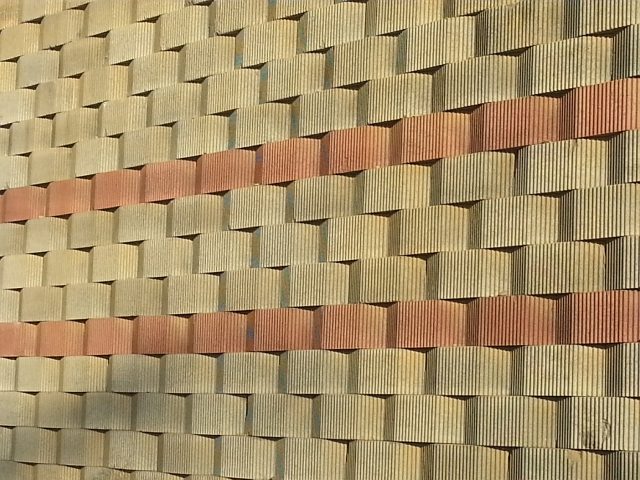
Retaining walls are a massive aspect of construction projects, big and small. In essence, they are vertical wall structures built to hold firm the soil behind them and keep the wall from moving. They are used in various projects — from residential to commercial and industrial construction — to withstand the force behind the wall, where sudden elevation changes are present. Retaining walls are usually built anywhere from a foot or two to at least fifty feet high or more, depending on the structure itself and the amount of force on the other side of the wall.
There are various types of retaining wall systems used in construction. Construction companies specify what they use in a project according to building codes and standards, engineered to ensure they are strong enough to keep up with the lateral earth pressure. Here are just five of the most common types and their uses:
Gravity retaining wall
Usually constructed with stones, masonry, and concrete, this retaining wall heavily relies on its massive gravitational load to counter lateral soil pressure. Experts mostly recommend this for use against elevations up to three meters high.
Pile retaining wall
This wall system is about adjoining piles, often used for temporary measures, like in excavation projects and on slopes. Some retaining walls are metal instead of reinforced concrete. As such, pile retaining walls could not stand up to excessive pressures.
Cradle retaining wall
Building locations that deal with plains rather than slopes apply this retaining wall made of precast concrete or wood. However, construction experts do not recommend this type for supporting structures exposed to much soil pressure since they are mostly filled with granular material or coarse stone.
Cantilever retaining wall
Cantilever retaining walls may reach at least 10 meters of height and have base slabs. They are usually pre-fabricated on-site or off-site. A more practical option than gravity walls, these use a smaller amount of either precast, prestressed, or reinforced concrete. They can, however, provide that same retentive quality as gravity walls can. Therefore, the design and construction of this wall system are carefully watched, considering the bearing, reversing, and sliding pressures.
Anchored retaining wall
Anchored retaining walls are the best options for building locations where loose soil on rocks is a factor. They are characterised by wiring routes sideways, which are filled with concrete to serve as anchors for thin or constrained retaining walls, to be effective at adding reinforcements against pressure and the possibility of slipping.
Retaining walls are the best runoff solution to protect structures. They help stabilise the building against sloping landscapes while protecting it against rainwater runoff. If a flood gets into the structure inflowing from anywhere, it can severely damage the building and the entire landscape. But more than working as a protective structure against soil pressure, floods, and other factors, retaining wall systems are also used for aesthetic reasons. They are considered a decorative feature that adds beauty to make the building a pleasing piece of art from whichever point of view you might look at it.













